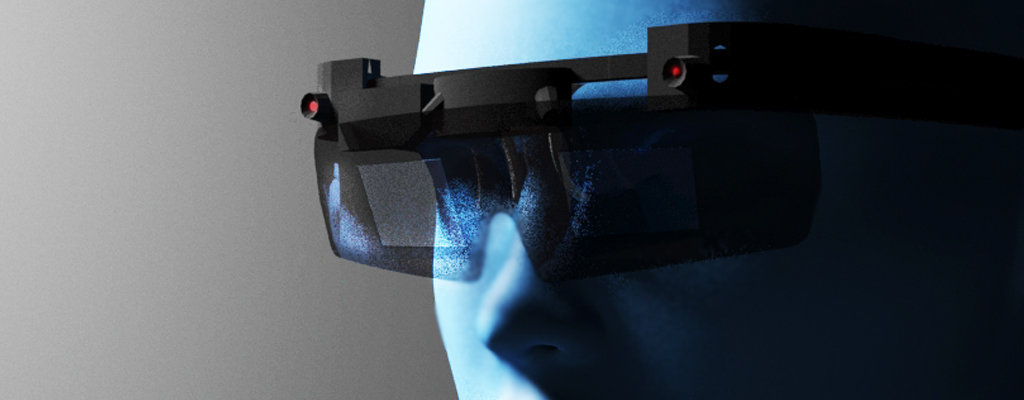The Role of DLP-Based Systems
The primary role of DLP-based systems in near-eye displays is the generation of images. DLP-based systems can produce very high resolution images with state-of-the-art DMDs, with each mirror of the DMD operating at a wide range of wavelengths, so that there is no need to use multiple mirrors to produce a color pixel as in some LCD-based systems. DLP-based systems provide this high level of performance in a small, light package, and can be programmed to provide sophisticated control and processing functions. For example, aberrations and distortions in the imaging optics can be corrected by pre-warping the image on the DMD, a capability that is well within the functional range of current DLP systems and programming, and highly important when for wide angle operation of the display, since doing so typically adds 8% to 10% distortion. DLP-based systems play a minor role in processing the intermediate image in some configurations for immersive displays. The mirrors can create perform modulation or filtering functions, and can direct light into varying angles as needed.


